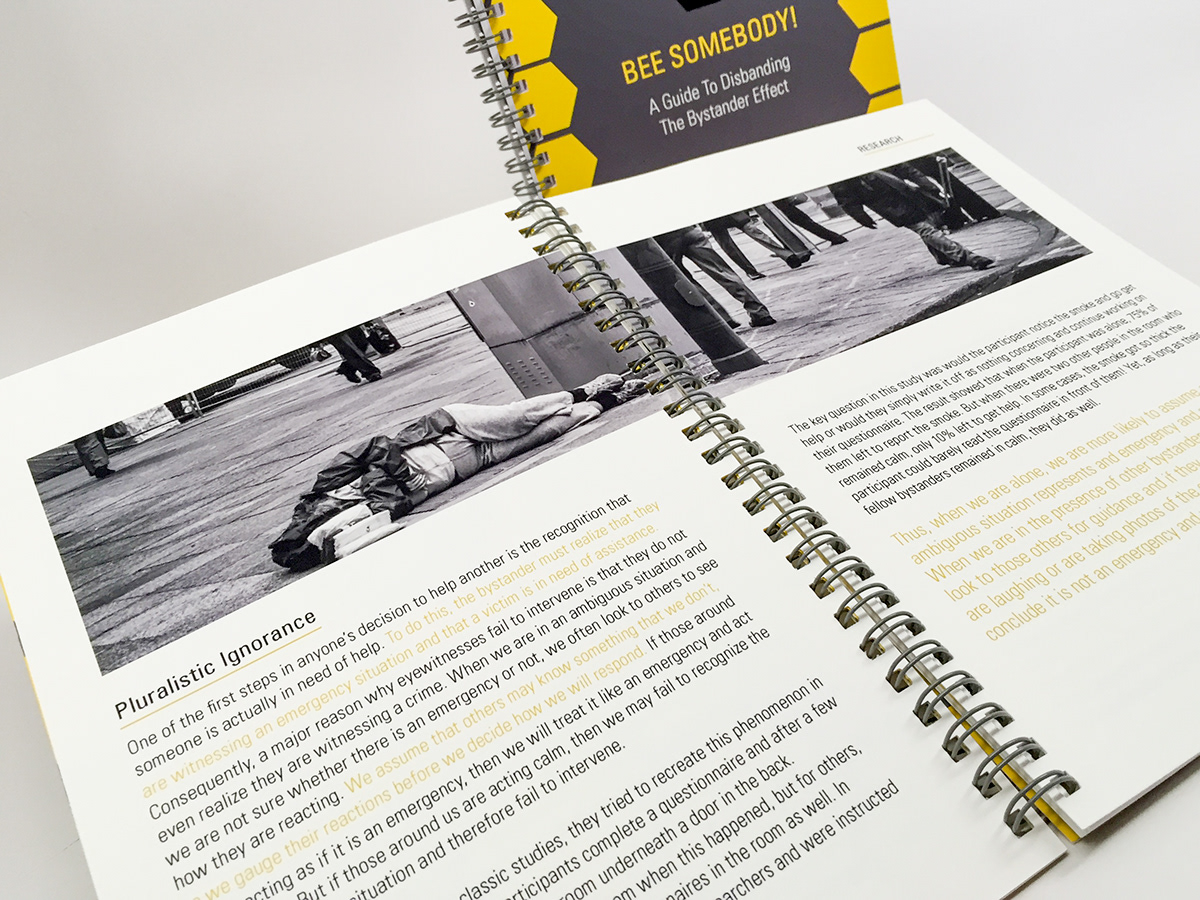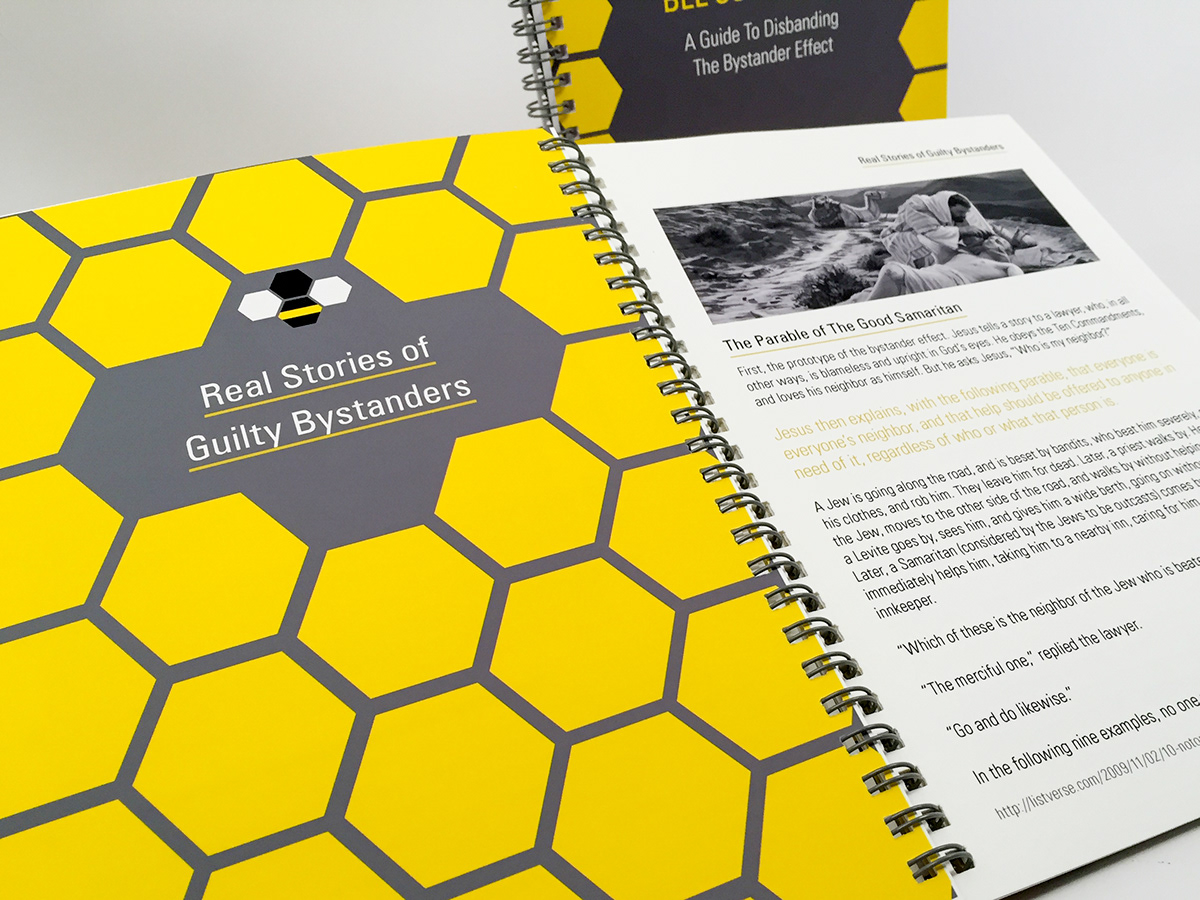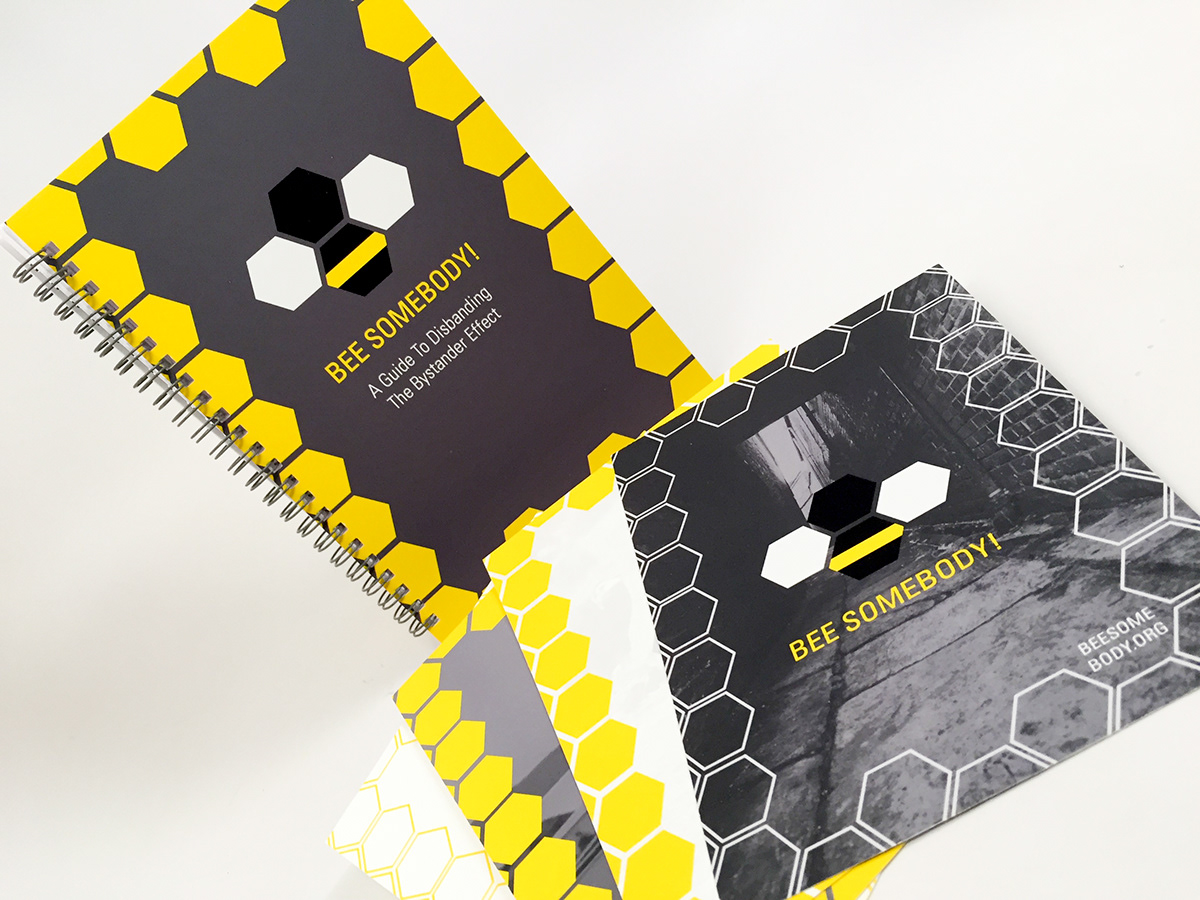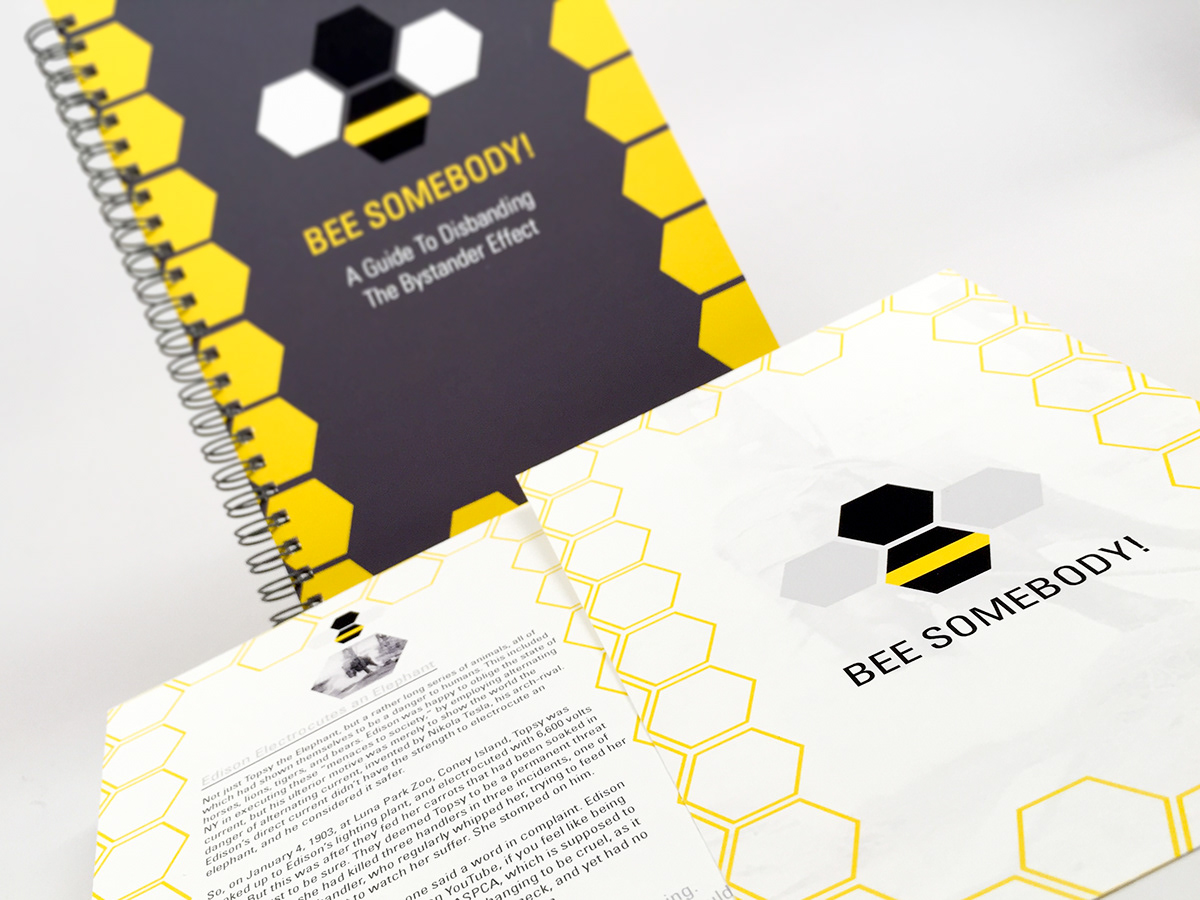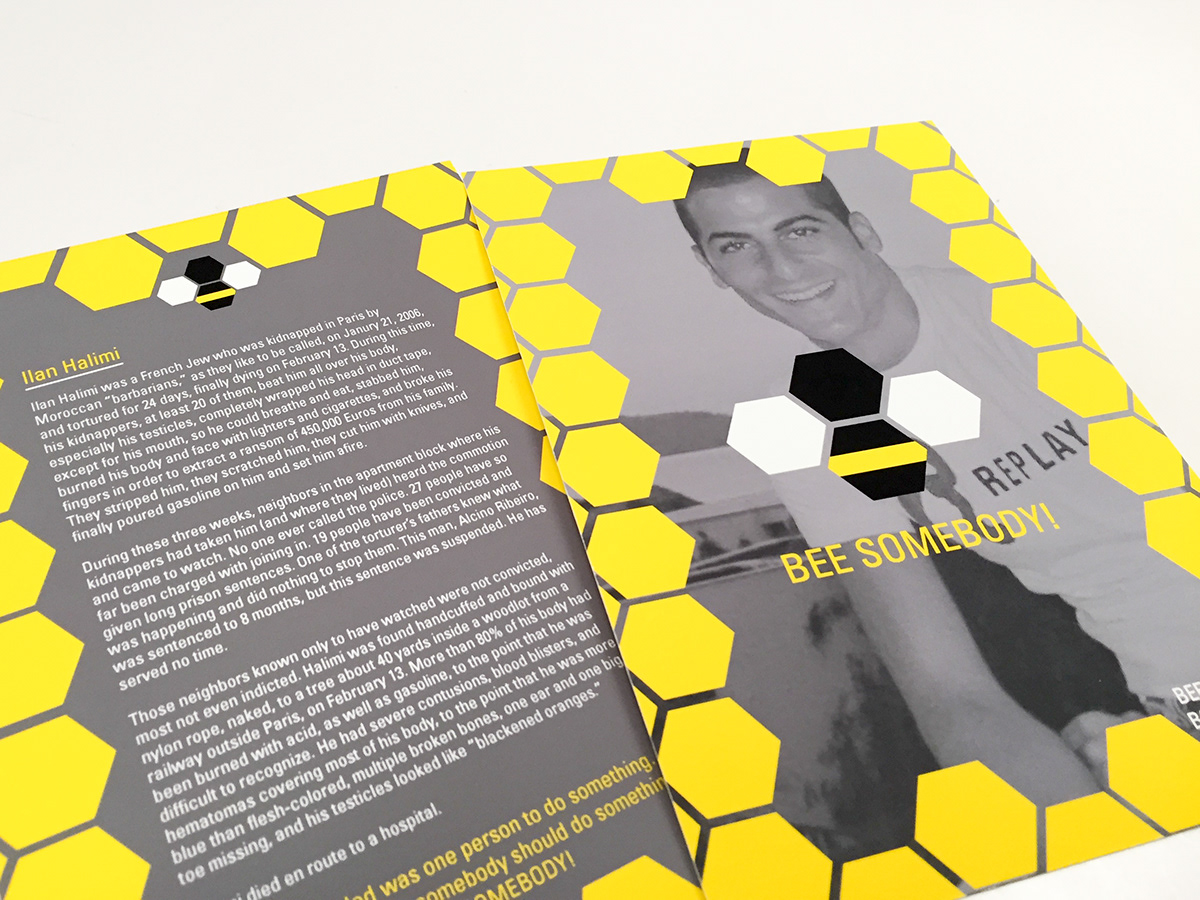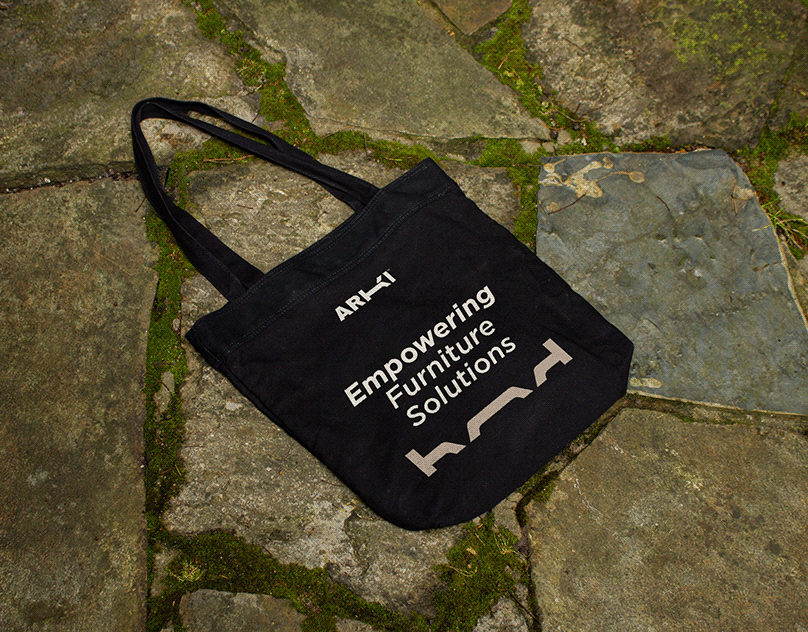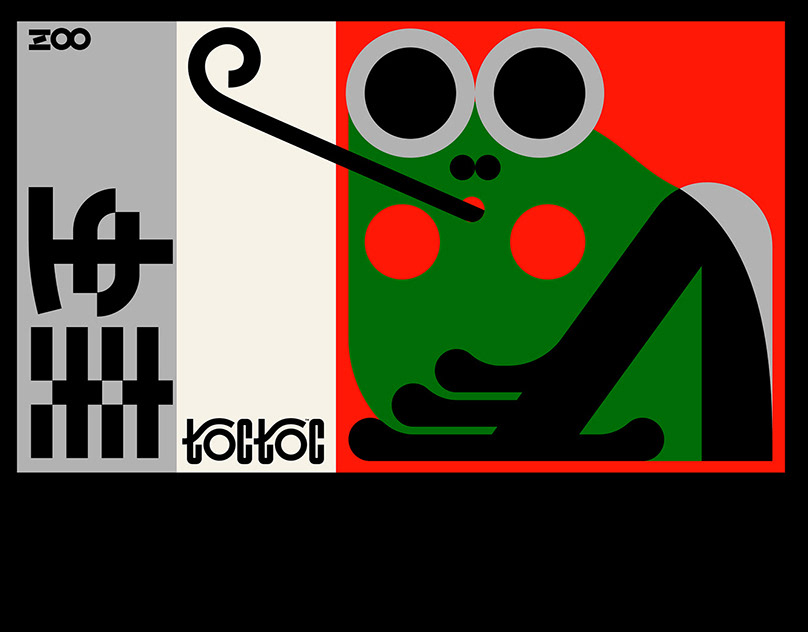
During my time at SCAD, I had taken a design for social issues class under professor Lisa Babb. I was asked to choose a social issue that "itched" or bothered me. I had a big issue with people's need to record an act of violence instead of helping.
Ever wonder "Why doesn't somebody do something? BEE SOMEBODY!". After much research, I found that the cause or name of this act is called the Bystander Effect. The Bystander Effect occurs when the presence of others hinders an individual from intervening in an emergency situation. In most cases, an eyewitnessess failure to report a crime or help is because they dont want to be perceived as a snitch.John Darley and Bibb Latane conducted multiple experiments to narrow the reason why bystanders refused to help. This proposal goes into great detail of what triggers the bystander effect, and how to prevent it and my solution to disbanding it.
To disband the bystander effect I had to come up with a really crazy idea. I propose an installation that will attract the audience inside through its appearance and trap them. There are two options from that point, either try to get the attention of a bystander and work together to release them through a simple pulley system or stay trapped for a total of 3 minutes. By doing this, the participant will be opened to the point of view of victims when bystanders are present and it will persuade them to help someone the next time instead of walking by.
This BEE SOMEBODY! Guide goes into detail of the bystander effect, what triggers the bystander effect but most importantly ways to prevent it. This guide also covers real stories and cases of the bystander effect and how violent acts could've been prevented. In addition to an overview of my installation with steps and alternate outcomes, it also contains examples of cards that will be dispensed at the end of every participant's interaction. These cards includes human murder cases, kidnappings, and animal abuse.
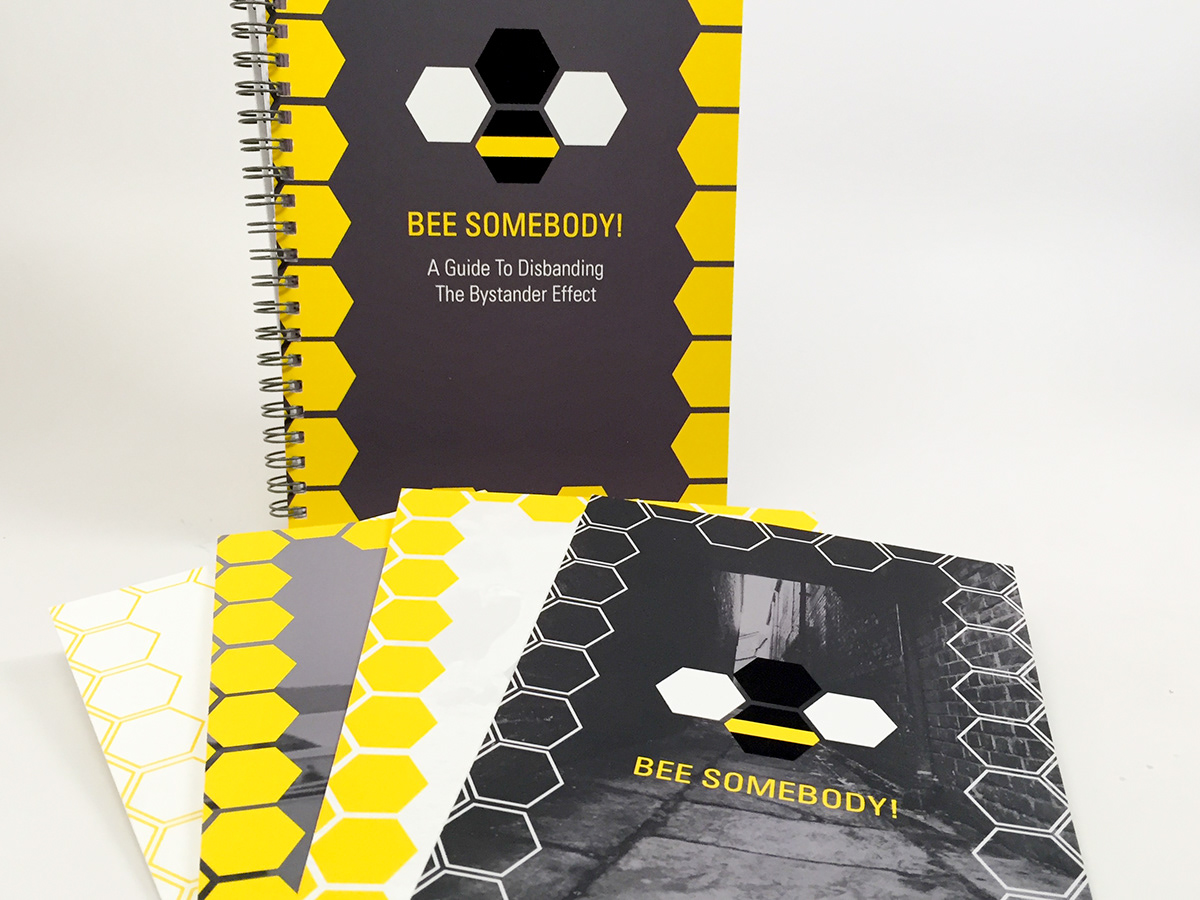
“The world suffers a lot. Not because the violence of bad people.
But because of the silence of the good people.”
But because of the silence of the good people.”
– Napoléon Bonaparte

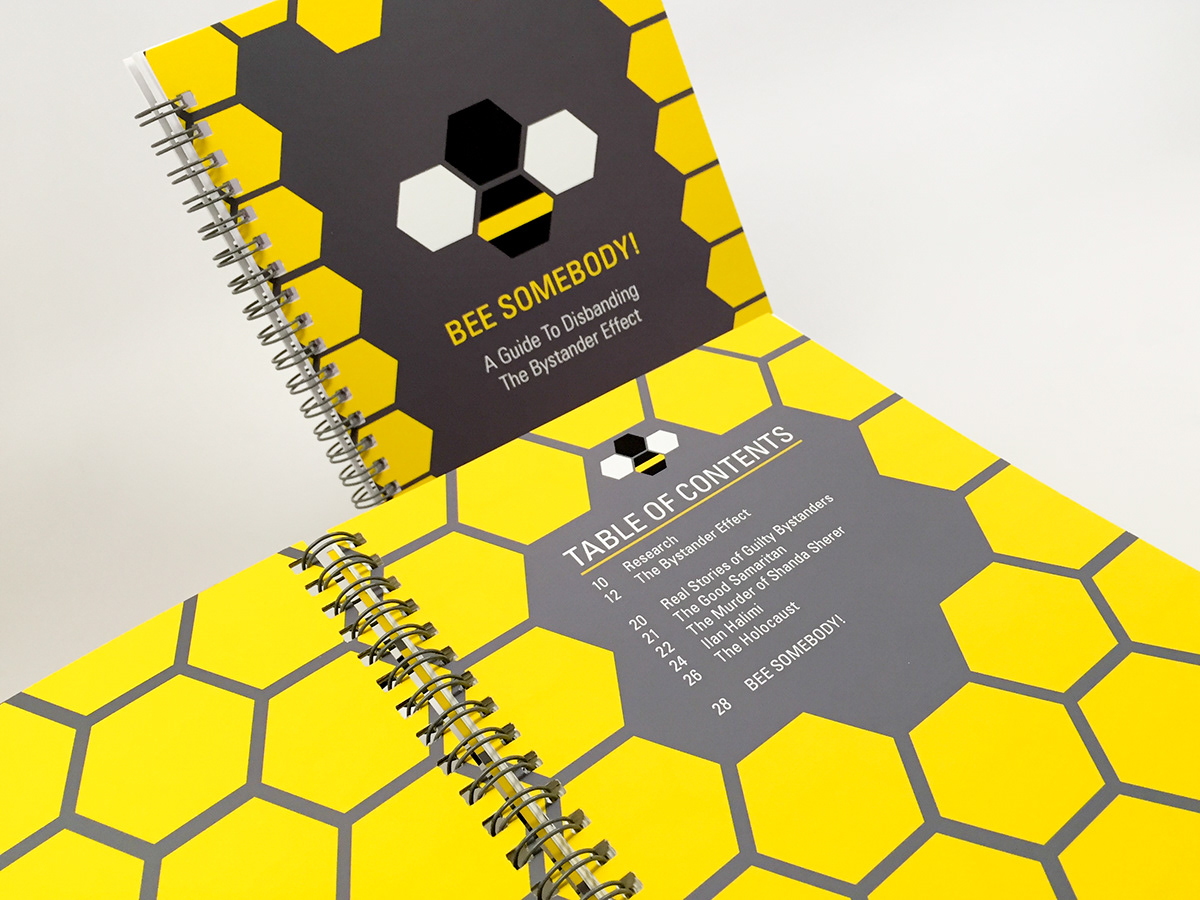

When we are alone, we are more likely to assume an ambiguous situation represents and emergency and act accordingly. When we are in the presence of other bystanders, we are likely to look to those others for guidance and if they are not responding or are laughing or are taking photos of the event, we will mistakenly conclude it is not an emergency and will fail to help.
